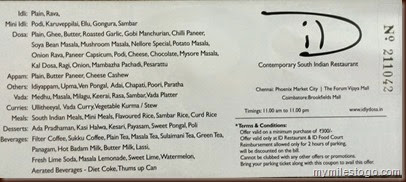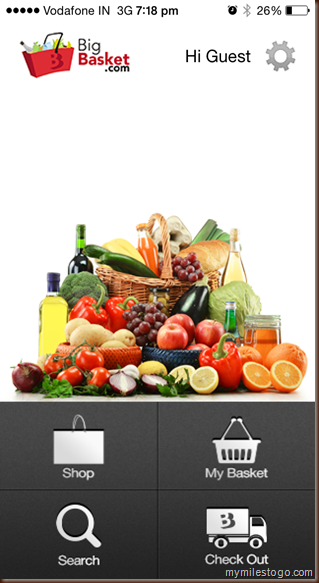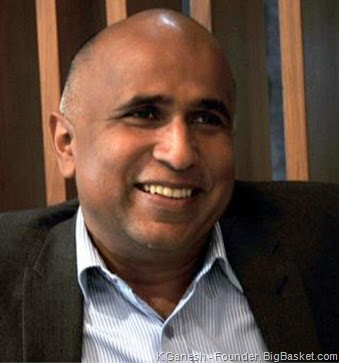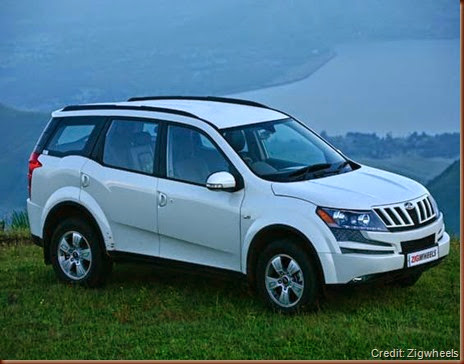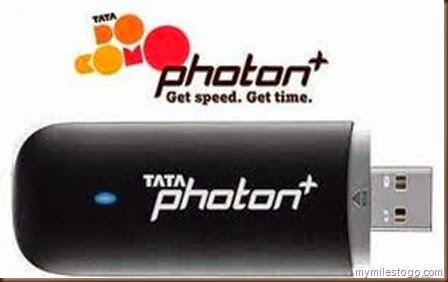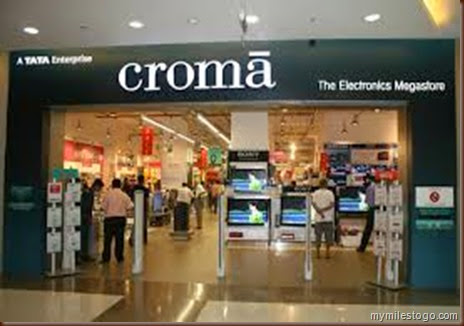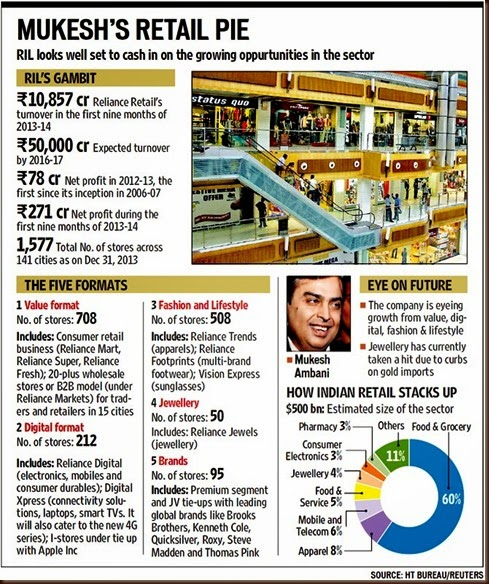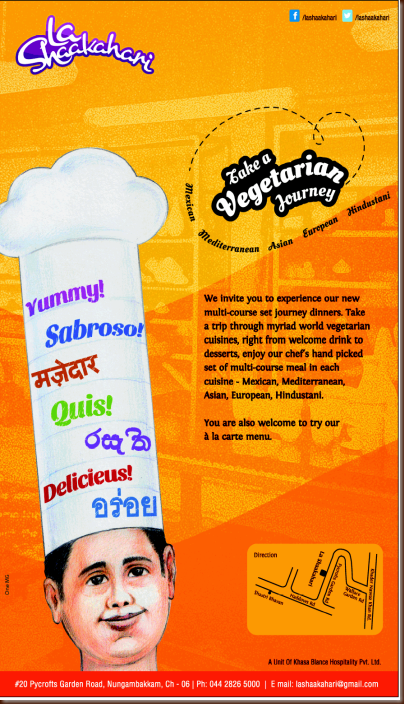I happen to visit Phoenix Market City Mall in Velachery, a suburb of Chennai earlier this week. I usually don’t travel all that far, it’s a good 45 minute drive from my home. But I was there on an invitation for an event, so had to undertake the long drive during peak traffic. At the time of picking up the parking ticket, I was handed over a leaflet (pic below) by an unassuming guy. And he was distributing it to all the vehicles who were coming in. It was a weekday evening and there wasn’t much crowd at the time of entry, although it took me a good 3-4 minutes and a winding route in the basement to find a parking slot for my car.
The leaflet offers parking reimbursement for upto 2 hours to those who visit the restaurant and consume for atleast Rs. 300/- at their restaurant or at the Food Court which confused me initially. Later, upon reading the fine print, I realised that the voucher was common for three malls and perhaps the Retailer operated various formats in each of them and hence a common leaflet. I found this to be an interesting way to bring customers into the restaurant / foodcourt as it applies.
Interestingly, this concept was first experimented a decade back at Bangalore Central Mall, the first seamless Mall in India which is a part of The Future Group and has Food Bazaar and over 100 apparel and accessories brands within its precincts. I was among the start-up team and had suggested this idea to reward customers to reimburse the parking token against purchases since the mall was located on MG Road and just a few yards away from Brigade Road, which is the historic hub for shopping in the city. The concept is a huge super hit and is still in practice. Bangalore Central is probably the only retail space in the country which offers reimbursement on parking charges which incidentally drives a lot of incremental footfalls. In fact, many who visit the Mall for window shopping or to the Café Coffee Day end up buying something or the other and use the parking coupon for reimbursement and are a happy lot.
However, this is a very expensive proposition for the Retailer, especially the F&B operator in this case. The parking fee for 2 hours is around Rs. 100/- and this gets debited from the bill – which on an average would be around Rs. 450-500/-. Assuming that the Gross Margin is around 55%, there is nothing much that the Retailer gains by offering this promotion, except to ensure that his stocks get utilized fully. Ofcourse, it attracts new footfalls and a number of first-timers to visit the store and experience the outlet.
In fact, this would work mostly for F&B operators only, who have more than 1,000 bills a day. It may even work for cafes although they wouldn’t have more than 200-250 bills a day. On the whole, these are unique ways by which the Retailers gets access to customers directly into its premises. The Mall, in many cases do not charge for the distribution of these pamphlets since they see it as an indirect way to send customers to the Food courts and Restaurants. On the whole, it’s a win-win for customers, the Retailer and the Mall. Great way to reward customers.

